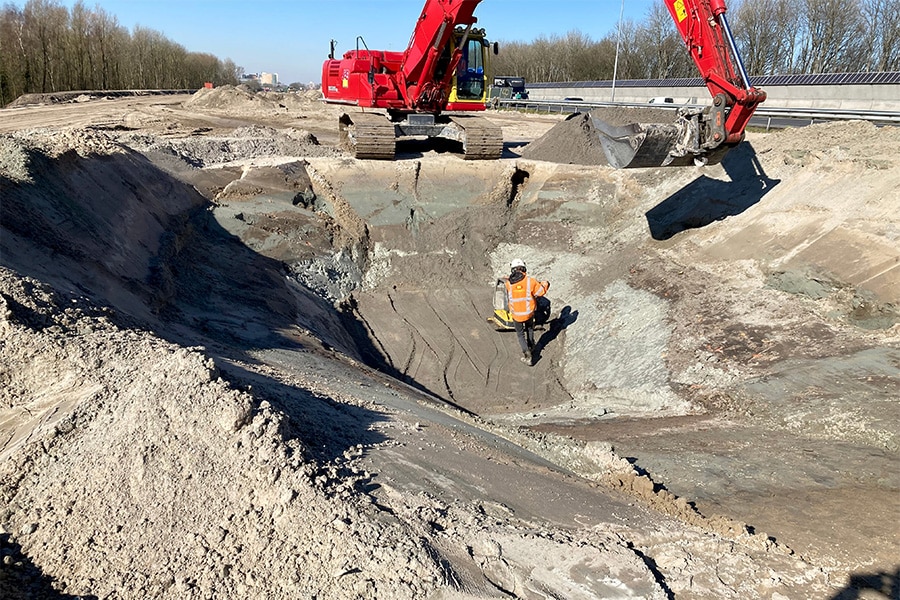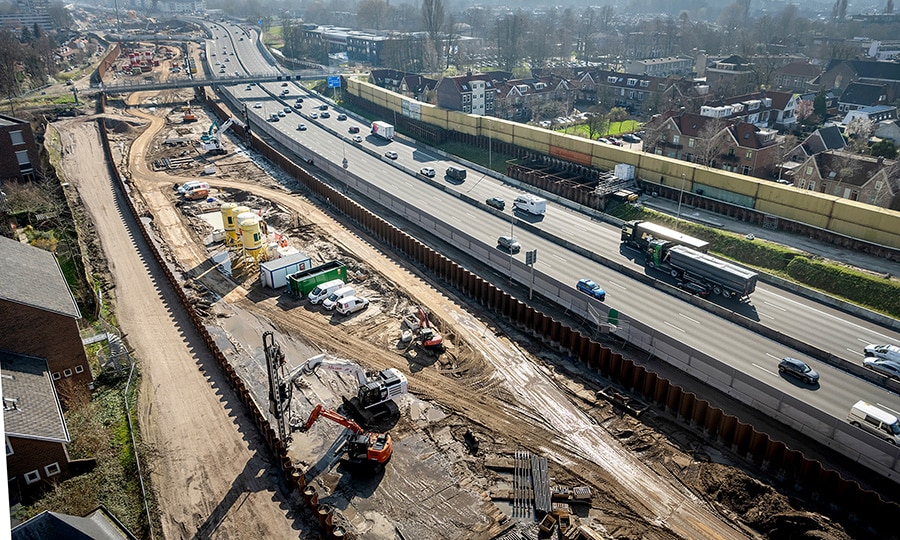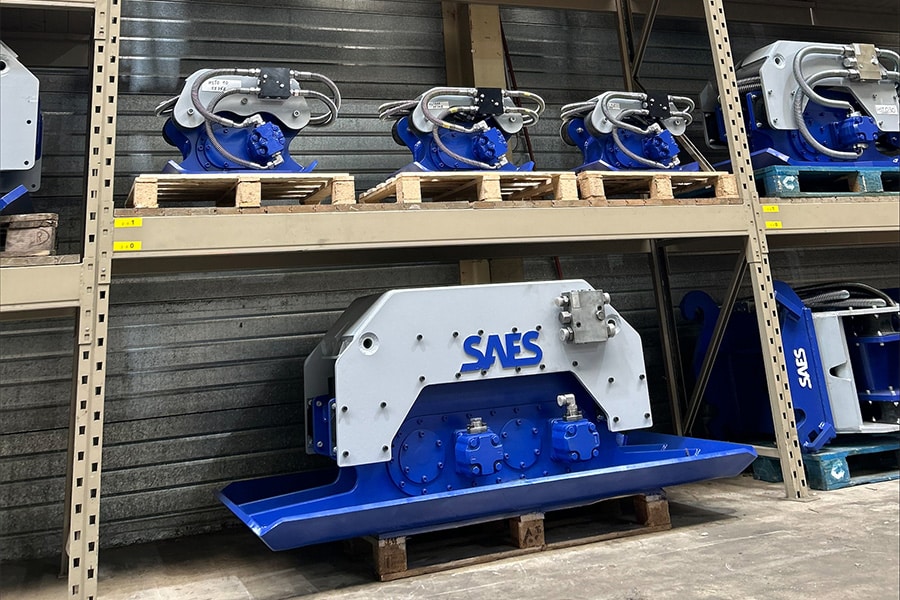
Making rental machines safer
Machine rental companies are not only required to keep their machinery well maintained and in good working order, suitable for its intended use, but must also ensure that the equipment can meet their customers' safety regulations, both on and off the job site.
Huib Slijkhuis works for Brigade Electronics BV, a leading supplier of safety systems and solutions for commercial vehicles and machinery. He explains:
"Construction is one of the most dangerous industries in the world, so safety on construction sites is absolutely critical to preventing fatalities and injuries. And that includes reducing risks posed by machinery and vehicles."
Some of the most common causes of injuries on construction sites are:
- vehicle collisions;
- site workers who become trapped between a machine and a stationary object.
- pedestrians struck by moving parts, such as the bucket of excavators.
Huib continued:
"Safety systems for commercial vehicles, such as 360-degree cameras, warning alarms and radar-based obstacle detection, are all ways to improve safety and reduce the risks associated with working with heavy machinery in difficult conditions."
Recommended safety systems for commercial vehicles and rental machines
Huib Slijkhuis of Brigade BV has put together a guide for machine rental companies, recommending essential safety equipment for the most commonly used rental machines, including excavators, loaders, bulldozers and dump trucks.
Camera monitor systems
All vehicles have blind spots - areas around the vehicle that are invisible because of bodywork, loads or attachments. When maneuvering, these blind spots are particularly dangerous to anything and anyone in the vehicle's path of travel and limit the driver's ability to use the vehicle safely.
While single-view mirrors and cameras help address blind spots, they cannot eliminate them completely. Research shows that in the time it takes a driver to look at four mirrors and a monitor, assess the situation and then react to any hazards, the vehicle can travel as much as 10 meters, even if it is traveling only 5 km per hour. 360-degree camera-monitor systems, such as Brigade's best-selling Backeye®360, can solve this problem.
This four-camera technology is designed to eliminate blind spots and facilitate safe maneuvering in challenging conditions by providing the driver with a complete 360-degree view around the vehicle in a single view. The system combines images from four ultra-wide-angle cameras to give the driver a real-time view of the environment around the vehicle. The result is a panoramic view of the vehicle and the surrounding environment.
The newest member of Brigade's Backeye®360 family is the BN360-300, which gives the operator a clear and bright picture thanks to its new HD specification. This makes the product ideal for industries such as construction and quarrying, where safety is a major concern.
Reverse and warning alarms
Dead spots at the rear of the vehicle are a huge problem; accidents while reversing account for as many as a quarter of fatal accidents at work. Reversing alarms provide audible warning to everyone in the path of reversing vehicles and machinery.
While beep-back alarms are widely used around the world, alarms that work with multiple frequencies and broadband technology, such as bbs-tek® from Brigade, are considered much safer because of the "ssh ssh" sound they provide. This sound prevents noise complaints, and pedestrians and field workers can also determine which direction it is coming from much more quickly, even when wearing hearing protection and working in noisy environments.
Radar-based obstacle detection
Industries such as mining, quarrying and construction regularly operate in difficult terrain and harsh conditions, such as fog, dusty environments and darkness, which further limit machine operators' visibility. Radar-based obstacle detection can detect stationary and moving objects even in the most difficult conditions, gives operators visual and audible warnings in the cab and alerts them immediately to potential hazards.
Brigade's Backsense® Radar uses Frequency Modulated Continuous Waves (FMCW), a technology that emits a continuously changing radar frequency signal with timestamps unique to each instance of the wave. This is essential, especially on busy job sites, to alert drivers to a person or obstacle near their vehicle.
Mobile digital recorders
Mobile digital recorders play an important role in improving safety and security. They provide irrefutable evidence in case of an accident or false insurance claims and not only help protect drivers from false accusations but also improve their performance.
Incidents involving vehicles can be very time-consuming and costly problems to resolve. A lack of solid evidence often results in companies accepting liability or drivers being wrongfully accused, leading to increased costs for companies and stress for their drivers. Vehicle-mounted cameras capture images, provide an accurate record of events and provide important evidence in the event of a dispute.



